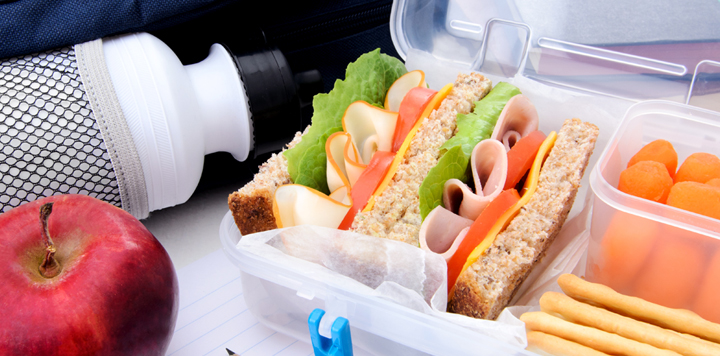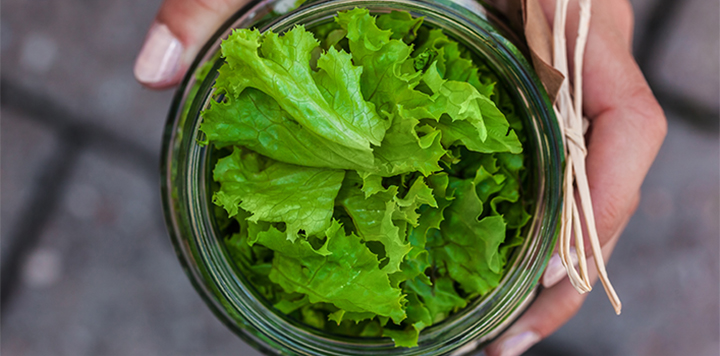For many moms and dads, packing lunches is part of a hectic morning routine. While you may not give it much thought, here are some important tips to remember to help your packed lunches – and your kids – be at their best.
Balance It Out
Students need a balanced lunch full of protein, whole grains and vitamins to help keep their energy up throughout the day. Make it easier on yourself by filling your pantry with healthy grab-and-go items such as reduced-fat string cheese, lower-fat granola bars, nuts, trail mix, dried fruits, pretzels, soy crisps, bottled water and 100% juice boxes.
Sweet Treats
Try to avoid packing high-fat, salty snacks, soda or candy. They don’t offer much nutrition. But do go ahead and slip in a cookie or two. Kids do deserve a fun treat now and then, and you’d rather have them grab a cookie than purchase a whole candy bar at school.
Think Small
Kids don’t have a lot of time to eat, so pack foods that are bite-size and easy to eat. Children also find eating finger foods a lot of fun. Sandwiches cut into smaller pieces, baby carrots, blueberries or grapes, and small containers of hummus and crackers are all healthy ideas.
Control the Cold
Pack cold items, such as cheese, turkey or veggies and dip, in insulated lunch boxes with ice packs. Don’t allow cold food to remain at room temperature for more than two hours. If the temperature is allowed to rise to 40° F or above, enough bacteria can grow within this time to cause your child to become sick.
Harness the Heat
Place hot foods in a thermos that has been pre-heated by filling it with hot water and letting it sit for two-three minutes before emptying and adding the hot food. Chicken noodle soup and rice and beans are great hot lunch options. Hot foods need to be kept above 140° F to prevent the growth of harmful bacteria.
Get the Kids Involved
Kids are more likely to eat foods when they participate in preparing them. Therefore, have your children help you plan their lunches. Give them a few options, and let them choose what they would like to eat each week.




